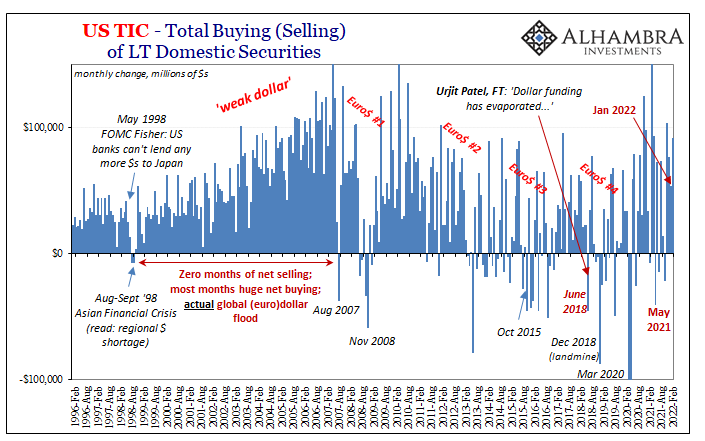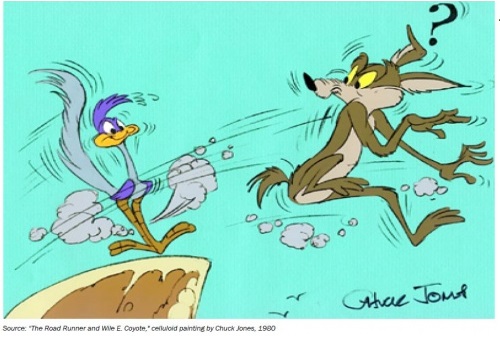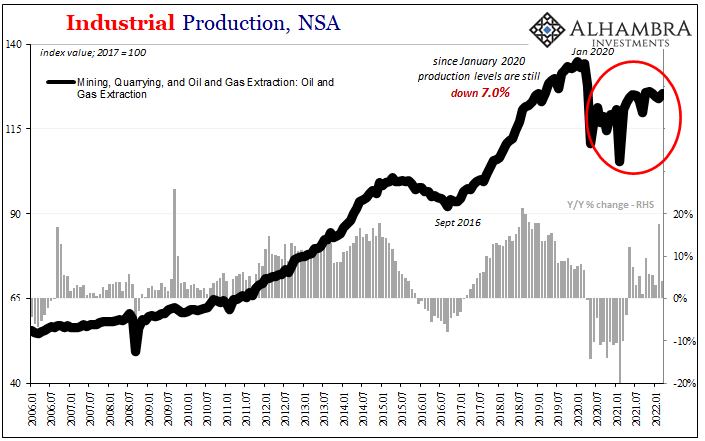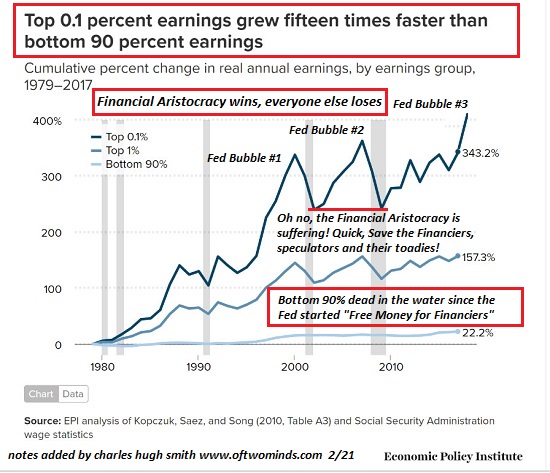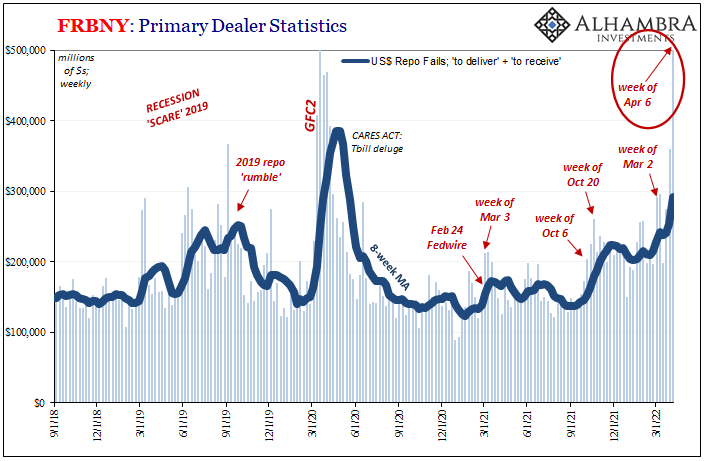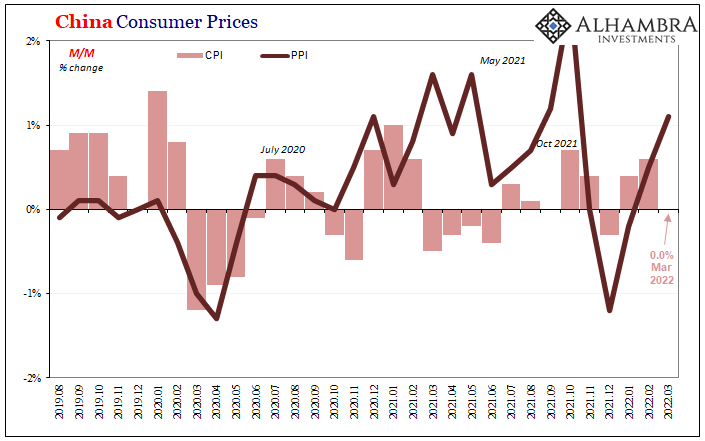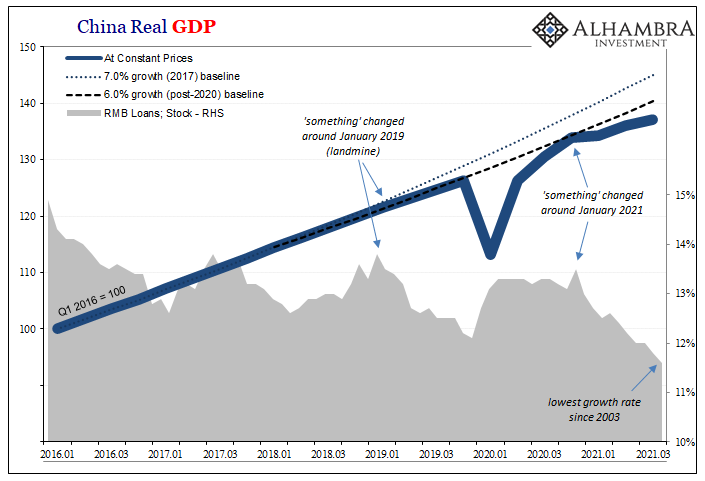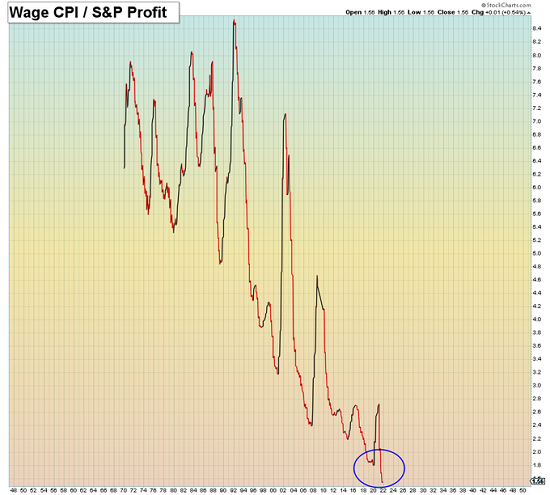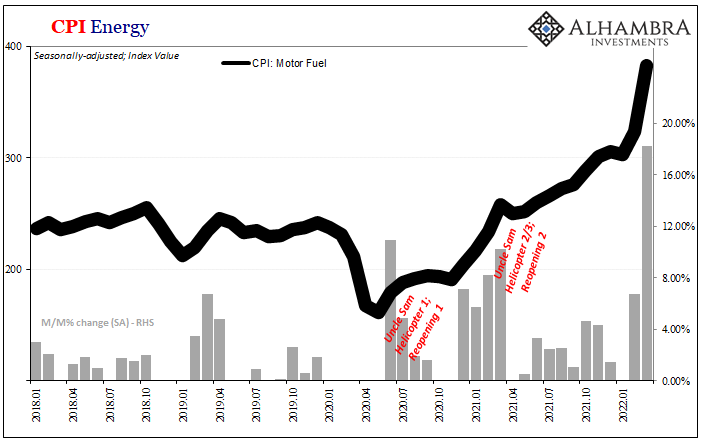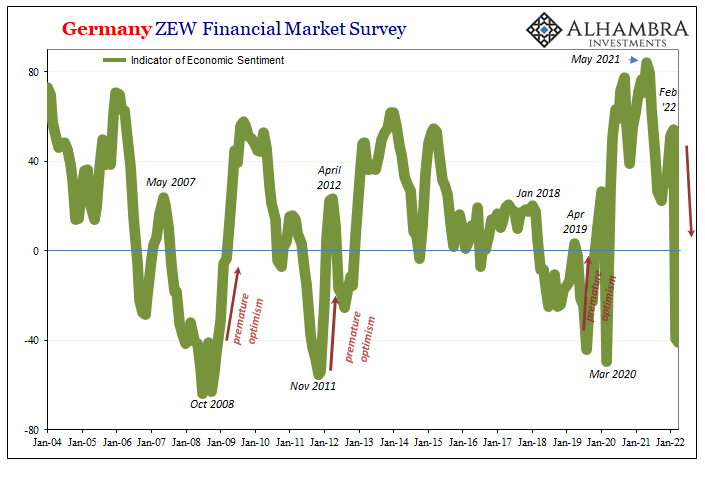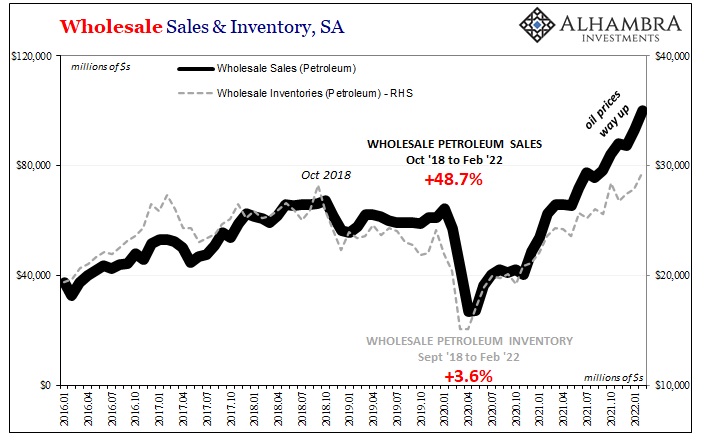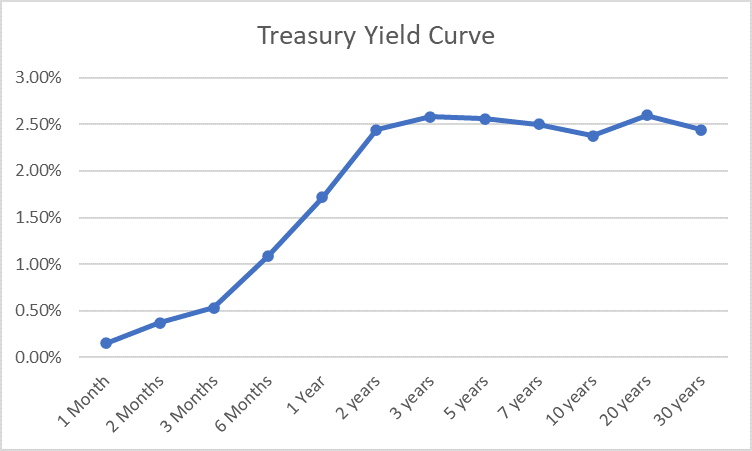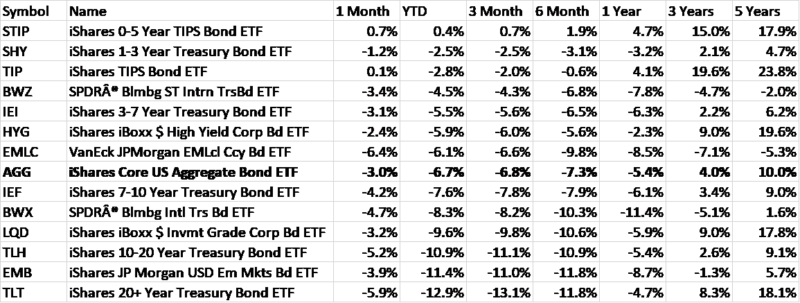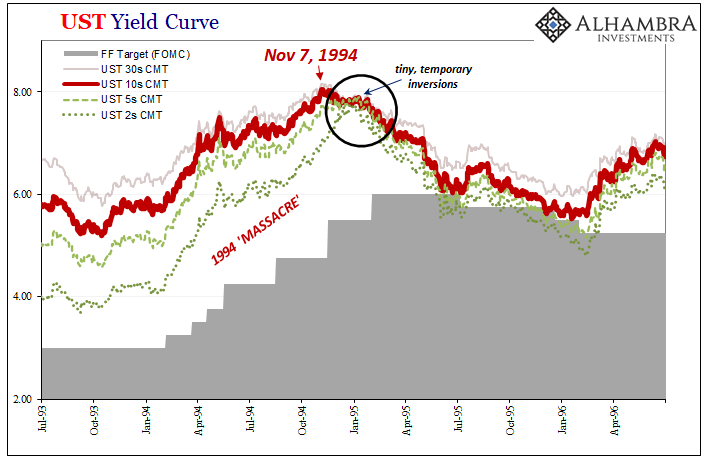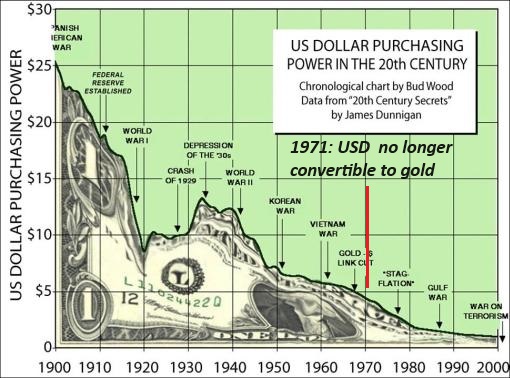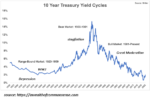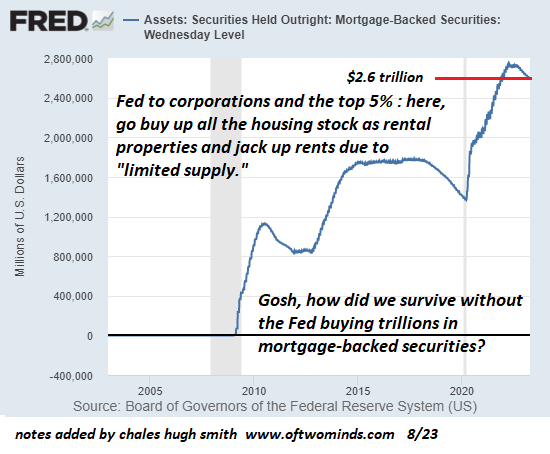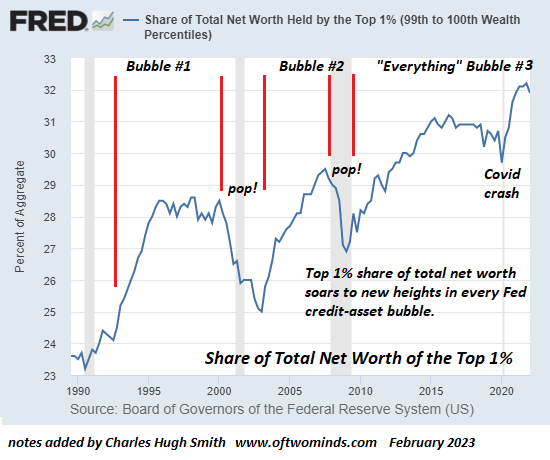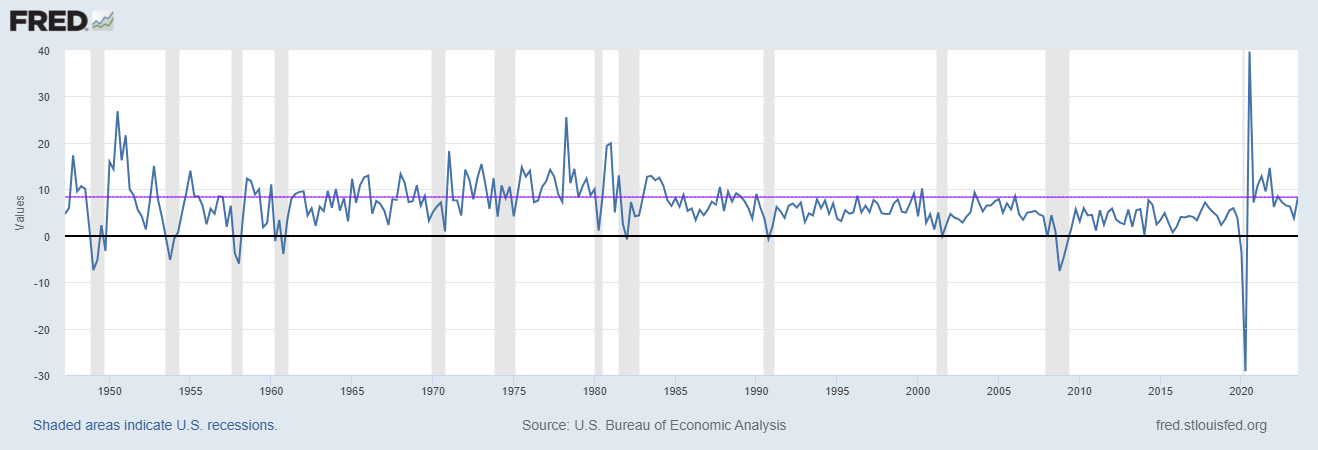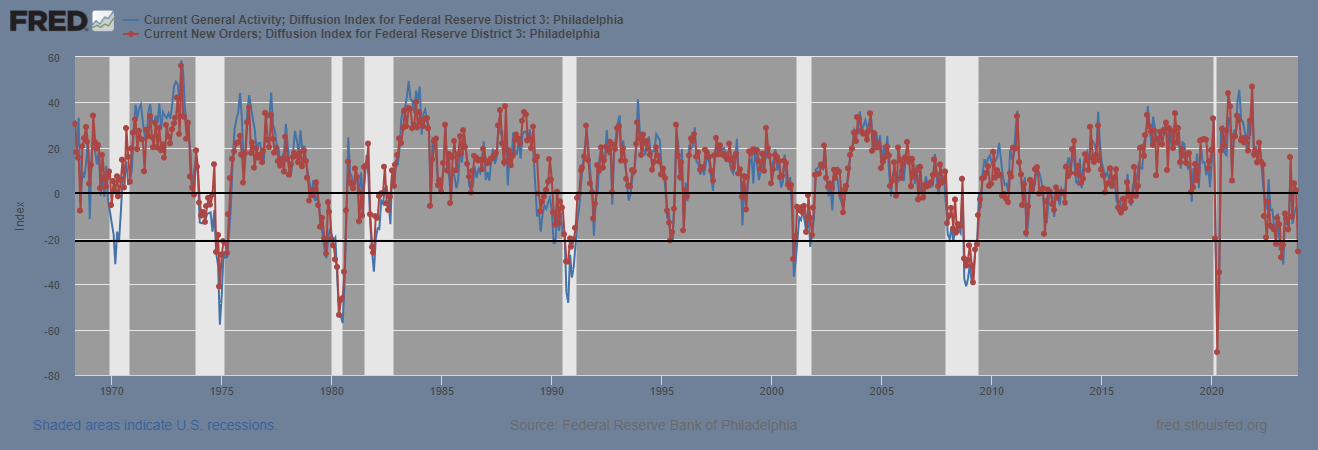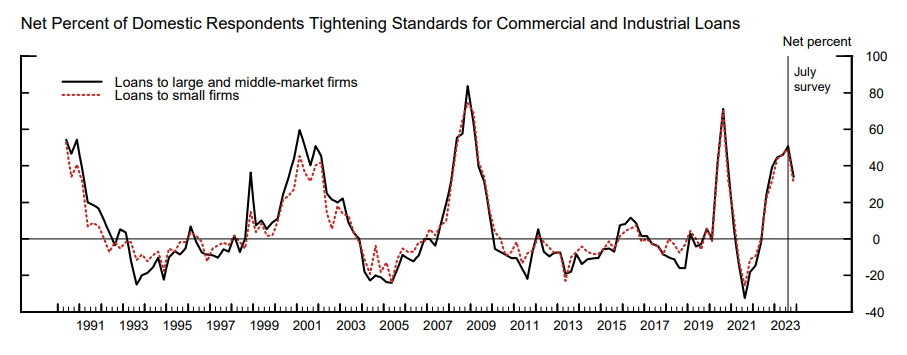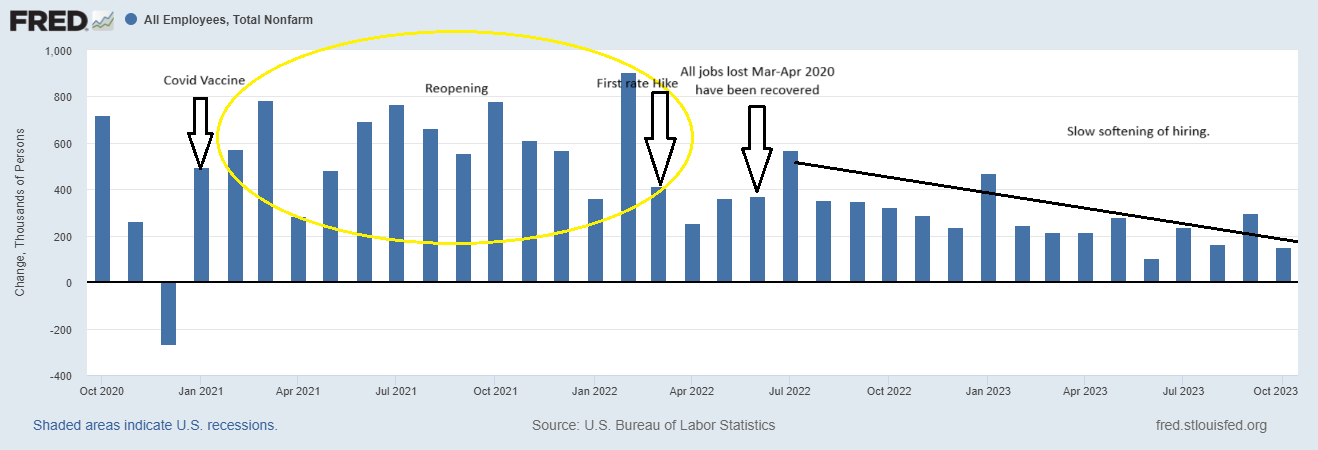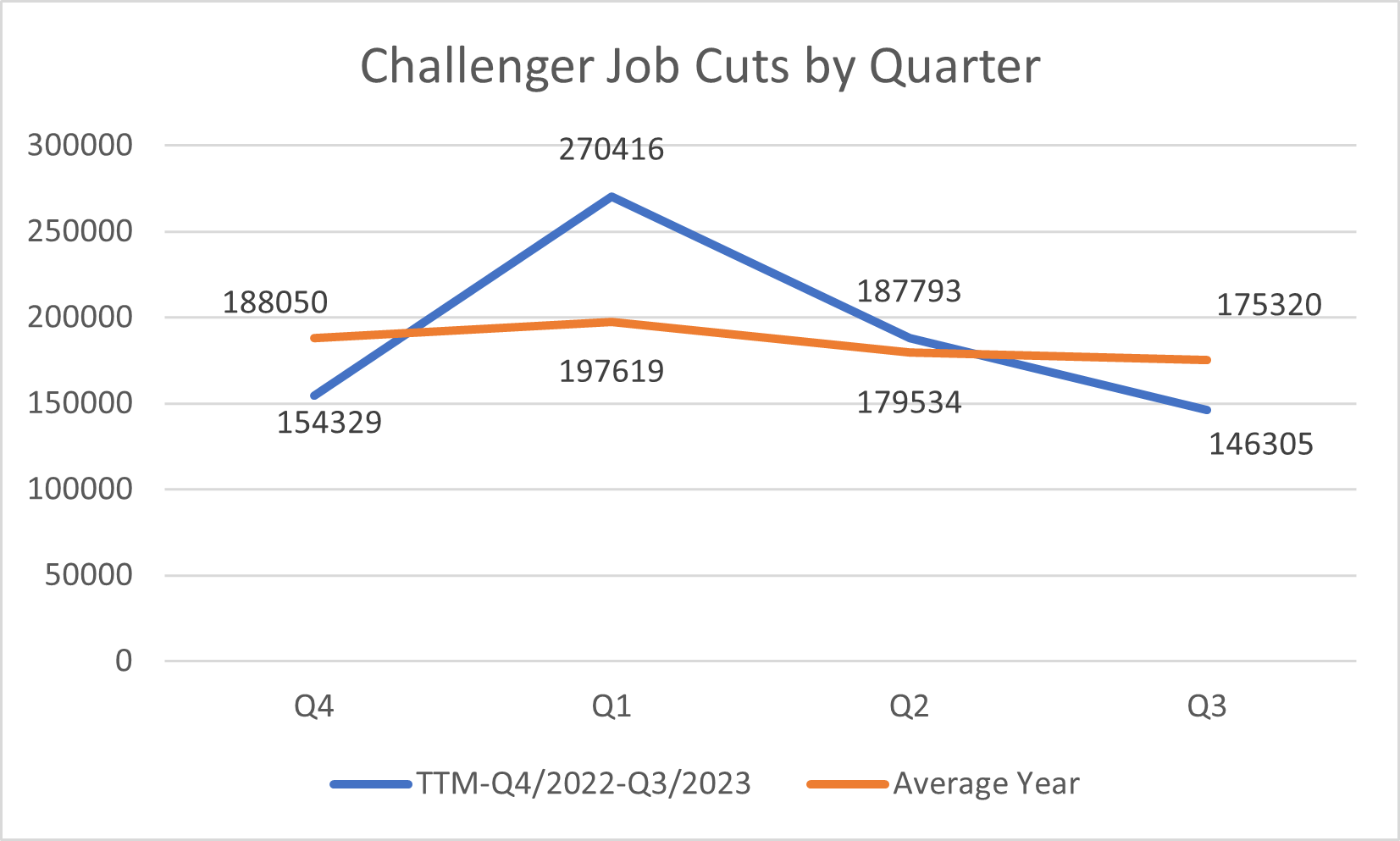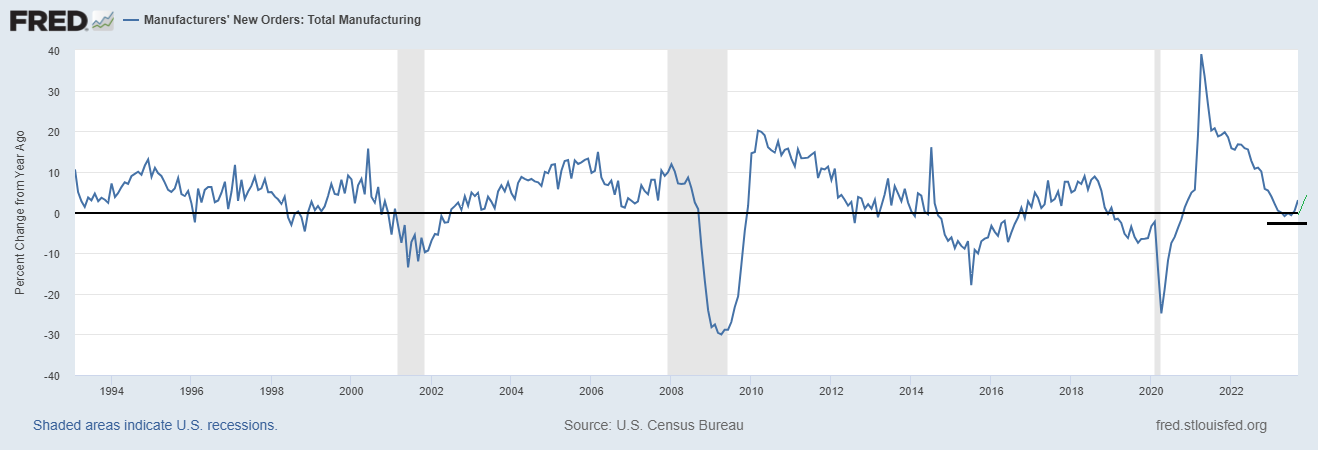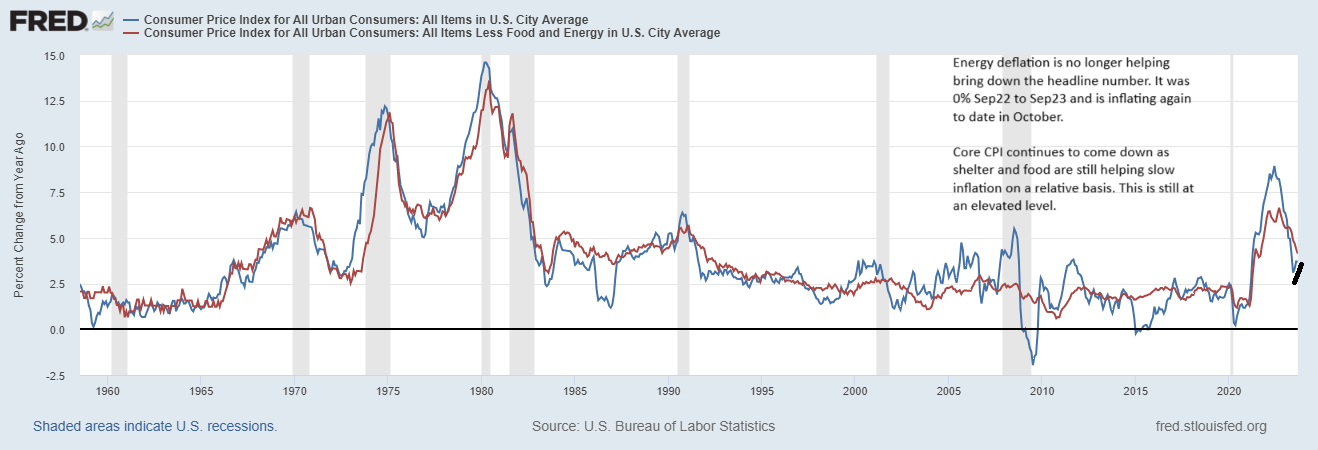Category Archive: 5) Global Macro
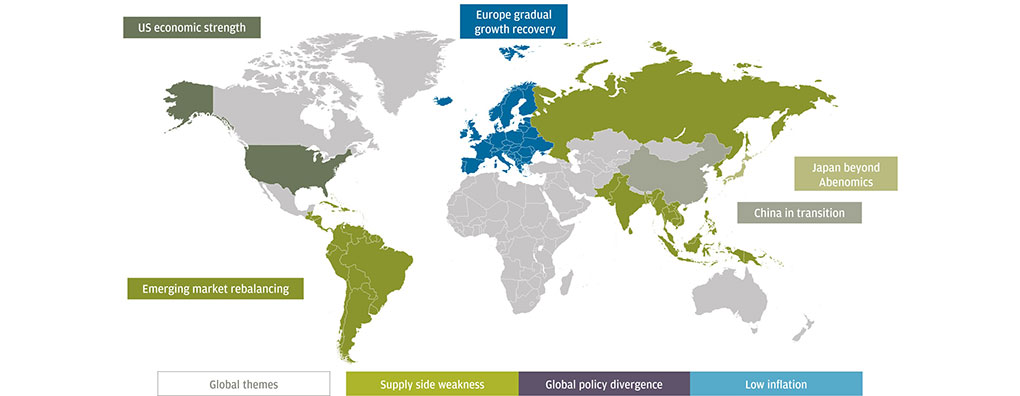
China, Japan, And The Relative Pre-March Euro$ Calm In February
The month of February 2022, the calm before the latest storm. Russians went into Ukraine toward the month’s end, collateral shortage became scarcity, maybe a run right at February’s final day, and then serious escalations all throughout March – right down to pure US Treasury yield curve inversion.Given that setup, it was unsurprising to find Treasury’s February TIC data mostly unremarkable.
Read More »
Read More »
What’s Your Plan A, B and C?
Nothing unravels quite as dramatically as systems which are presumed to be rock-solid and forever.
Here's the default Bullish case for stocks and the economy: let's call it Plan Zero.
1. The economy and equities can grow forever (a.k.a. infinite growth on a finite planet in a waste-is-growth Landfill Economy)
Read More »
Read More »
I Told You It *Wasn’t* Money Printing; How The Fed Helped Cause, But Can’t Solve, Our Current ‘Inflation’
Trust the Fed. Ha! It’s one thing for money dealers to look upon Jay Powell’s stash of bank reserves with remarkable disdain, more immediately damning when effects of the same liquidity premiums in the real economy create serious frictions leaving the entire world exposed to the consequences. When all is said and done, the Federal Reserve has created its own doom-loop from which it won’t likely escape.
Read More »
Read More »
A Couple of Thoughts on Big Numbers
Let's ask "cui bono" of the $33 trillion in added debt and the $9 trillion added to GDP: to whose
benefit?
I've been thinking about how hard it is to get our heads around big numbers.
Read More »
Read More »
Debt Saturation: Off the Cliff We Go
When the system can't borrow more and distribute the insolvency, it implodes. I started writing about debt saturation back in 2011. The basic idea is we can continue to borrow and spend as long as one of two conditions hold: 1) real (inflation-adjusted) income is rising, so there's more income to service additional debt, or 2) the cost of borrowing declines so the same income can support more debt.
Read More »
Read More »
Yield Curve Inversion Was/Is Absolutely All About Collateral
If there was a compelling collateral case for bending the Treasury yield curve toward inversion beginning last October, what follows is the update for the twist itself. As collateral scarcity became shortage then a pretty substantial run, that was the very moment yield curve flattening became inverted.Just like October, you can actually see it all unfold.
Read More »
Read More »
China More and More Beyond ‘Inflation’
If only the rest of the world could have such problems. Chinese consumer prices were flat from February 2022 to March, even though gasoline and energy costs predictably skyrocketed. According to China’s NBS, gas was up 7.2% month-over-month while diesel costs on average gained 7.8%.
Read More »
Read More »
China’s Imports Outright Declined In March, And COVID Was The Reason Why But Not Really
The guy said this was going to be the future. Not just of China, for or really from the rest of the world. Way back in October 2017, at the 19th Communist Party Congress newly-made Emperor Xi Jinping blurted out his grand redesign for Socialism with Chinese Characteristics.
Read More »
Read More »
Yes, It Is Different This Time
Most people would be horrified by a 40% decline in their "investments." When bubbles pop, speculative assets don't drop 40%, they drop 90% or even 98%.
Read More »
Read More »
You Know What They Say About The Light At The End Of The Tunnel
In any year when gasoline prices rise 18%, that’s not going to be good for anyone except maybe oil companies who extract its key ingredient from out of the ground (or don’t, as the case can be). Yet, annual rates of increase that size do happen.
Read More »
Read More »
Produzentenfenster Globale Rezessionsuhr
German optimism was predictably, inevitably sent crashing in March and April 2022. According to that country’s ZEW survey, an uptick in general optimism from November 2021 to February 2022 collided with the reality of Russian armored vehicles trying to snake their way down to Kiev. Whereas sentiment had rebounded from an October low of 22.3, blamed on whichever of the coronas, by February the index had moved upward to 54.3.
Read More »
Read More »
Concocting Inventory
The Census Bureau provided some updated inventory estimates about wholesalers, including its annual benchmark revisions. As to the latter, not a whole lot was changed, a small downward revision right around the peak (early 2021) of the supply shock which is consistent with the GDP estimates for when inventory levels were shrinking fast.
Read More »
Read More »
Worry Walls Don’t Explain Repeated Falls
Someone once said that the stock market is always climbing a wall of worry. Maybe that had been true in some long-ago day, but whether or not it might nowadays is beside the point. The nugget of truth which makes the prosaism memorable is the wall rather than the climber. There’s always something going on somewhere to get worked up over.
Read More »
Read More »
For Freak’s Sake, People, Even the Crash Test Dummies Are Nervous
Those trusting the Fed to be visibly weak, corrupt and incompetent forever might be in for an unwelcome surprise. When even the crash test dummies are nervous, it pays to pay attention. Being in a mild crash isn't too bad if all the protective devices inflate as intended. But in a horrific crash where nothing goes as planned, it's like speeding in a ready-to-explode Pinto and being side-swiped by a semi on Dead Man's Curve.
Read More »
Read More »
Goldilocks And The Three Central Banks
This isn’t going to be like the tale of Goldilocks, at least not how it’s usually told. There are three central banks, sure, call them bears if you wish, each pursuing a different set of fuzzy policies. One is clearly hot, the other quite cold, the final almost certainly won’t be “just right.” Rather, this one in the middle simply finds itself…in the middle of the other two.Running red-hot to the point of near-horror, that’s “our” Federal...
Read More »
Read More »
Weekly Market Pulse: What Now?
The yield curve inverted last week. Well, the part everyone watches, the 10 year/2 year Treasury yield spread, inverted, closing the week a solid 7 basis points in the negative. The difference between the 10 year and 2 year Treasury yields is not the yield curve though. The 10/2 spread is one point on the Treasury yield curve which is positively sloped from 1 month to 3 years, negatively sloped from 3 years to 10 years and positively sloped again...
Read More »
Read More »
The Short, Sweet Income Case For Ugly Inversion(s), Too
A nod to just how backward and upside down the world is now. The economic data everyone is made to pay attention to, payrolls, that one is, in my view, irrelevant. As is the consumer price estimates from earlier this week, the PCE Deflator. That’s another one which receives vast amounts of interest even though it is already old news.
Read More »
Read More »
It’s All the Aliens’ Fault
As for our central banks' defaulting on their lines of credit with the Martian Central Bank--that's another
alien intervention we'll live to regret.
I hope this won't shock the more sensitive readers too greatly, but I've discovered undeniable evidence that all
our planet's problems are the result of alien intervention. Yes, aliens exist and are actively intervening
in humanity's activities, to our great detriment.
Wars, plagues, The...
Read More »
Read More »
Weekly Market Pulse: The Cure For High Prices
There’s an old Wall Street maxim that the cure for high commodity prices is high commodity prices. As prices rise two things will generally limit the scope of the increase. Demand will wane as consumers just use less or find substitutes. Supply will also increase as the companies that extract these raw materials open new mines, grow more crops or drill new wells.
Read More »
Read More »
We Can Only Hope For Another (bond) Massacre
To begin with, the economy today is absolutely nothing like it had been almost thirty years ago. That fact in and of itself should end the discussion right here. However, comparisons will be made and it does no harm to review them.I’m talking about 1994, or, more specifically, the eleven months between late February 1994 and early February 1995.
Read More »
Read More »









